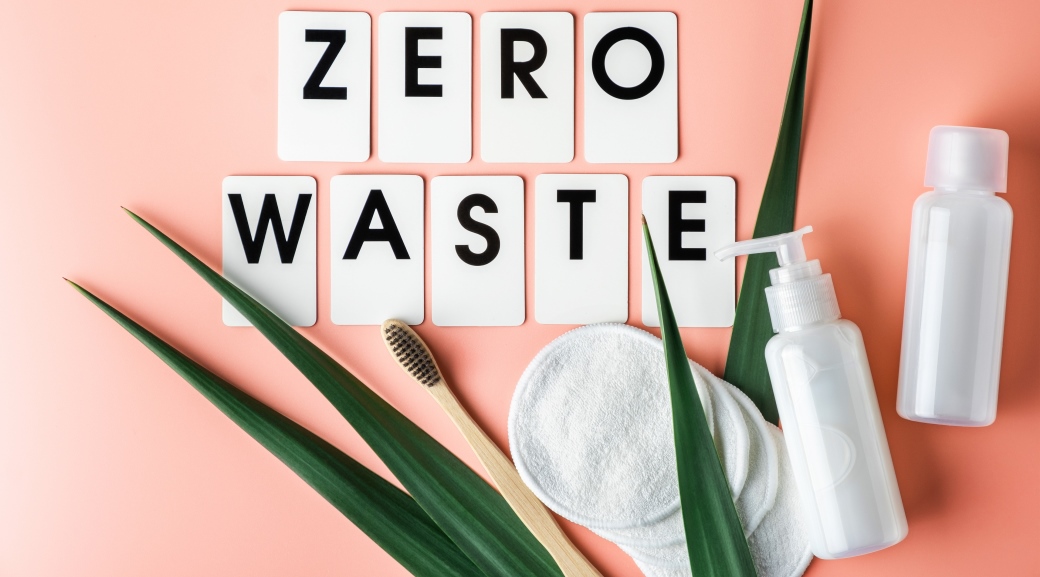Packaging firmly retains its silent salesperson role when consumers trawl the shelves.
The global cosmetic packaging market was valued at US$26.29 billion in 2019 and is expected to reach US$32.86 billion by 2025, predicts Research and Markets, the world’s leading market research store.
One of the world’s oldest packaging materials – glass – has made a strong comeback, says the data tracker.
The reason?
Its environmentally friendly nature means that most glass packaging is 100 per cent recyclable and more than 80 per cent of glass is recovered to make new products.
Increasing sustainability concerns are also pivoting innovation.
Plastic still accounts for almost 50 per cent of cosmetic packaging.
Major players such as L’Oréal have diverted significant R&D funding into developing non-plastic alternatives.
The world’s biggest beauty company teamed with global packaging firm, Albea, to launch its first paper-based cosmetic tubes.
La Roche-Posay will be the first major brand to roll out the new sustainable packaging across its Anthelios sunscreen range later this year.
More L’Oréal brands will follow suit in the use of the eco-focused technological breakthrough.
Major beauty and personal care businesses have also made great strides in the development of recyclable, bio-degradeable and compostable plastic, notes Research and Markets.
Other factors fuelling growth in the global cosmetic packaging market include surging demand in emerging economies, changes in consumption and lifestyle behaviours and more premium packaging for personal grooming staples.

